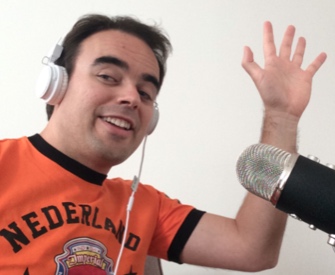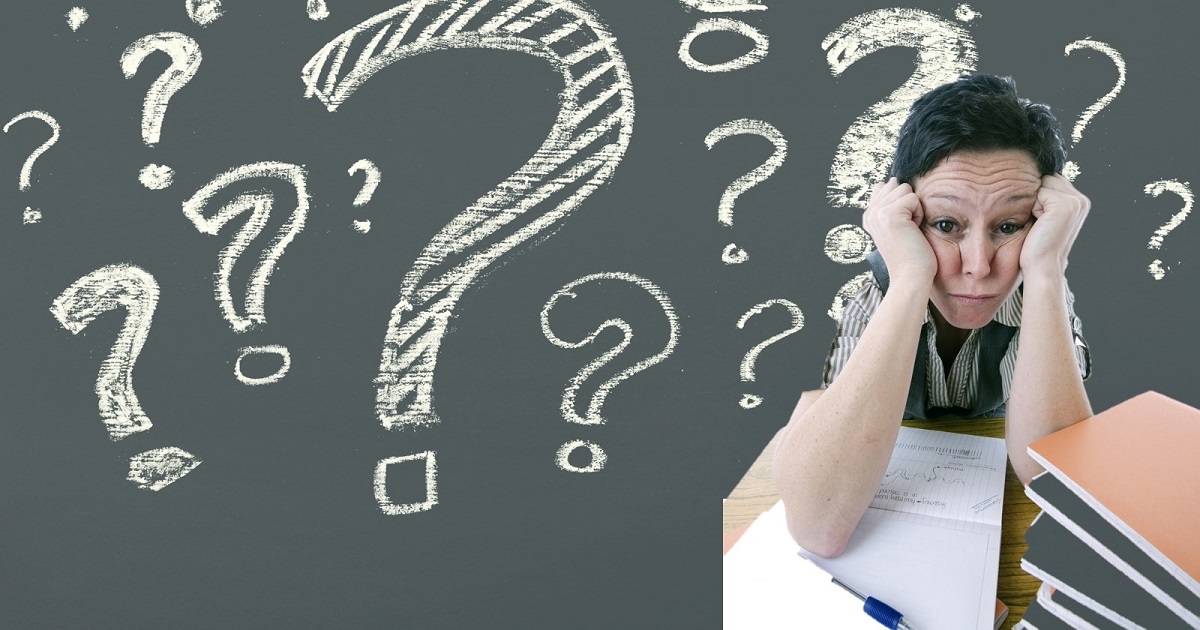5 Tips for memorizing words when you are learning Dutch
Learning Dutch can be done in a lot of different ways. The way I see it is that two things are very important: vocabulary and grammar.
The 1000 most common words with the exercises provide you with the first steps into Dutch. But of course there are many more words to learn. In this case it’s a matter of memorizing. So what is the best way to learn new words?
In this blog I will give my 5 recommendations for memorizing new Dutch words.
- Write them down
It is important when memorizing words to write them down with a translation. Some people learn Dutch and use English as a language to translate because their mother tongue is so different. You can choose for yourself in which language the translation works best.
The writing of the words can be done the old fashioned way with pen and paper. Of course you can use digital media, as well. It depends which medium you prefer, or which you are used to.
What I did, when I was learning Russian, was to stick pairs of tiny post-its all over the place. On one post-it I wrote the Russian word for that object, on the other the Dutch word.
- Vary while practicing
Tip number two for memorizing words is that you have to avoid remembering the order instead of the words. This can be done by varying the order of the words.
- Take breaks
When you are learning new words, it’s important to take breaks. Research shows that it’s better to learn in two half hour sessions than in a one hour session. It’s too difficult for your brain to concentrate for so long, and especially when you are learning difficult Dutch words!
Another positive effect of this is that you train your brain to dig deeper. The words will stick in your memory much longer.
- Mnemonic (ezelsbruggetje) and visualize
A mnemonic or a memory aid is a technique that makes it easy to remember something completely different. This memory aid can be very personal.
I heard from one student that he had a strange way to remember the difficult sentence:
‘Ik ben het ermee eens’ (I agree).
To remember this sentence he taught about Pat Benatar, singer of a song he really liked, ‘Love is a Battlefield’. If he wanted to say ‘I agree’ in Dutch, he thought of ‘Love is a Battlefield’, then of the singer Pat Benatar, and he came to the final sentence ik ben het er (benetar) mee eens.
Strange eh? But it worked!
Why did this work? Because he connected a difficult element to something he knew and also liked.
- Location
If you learn a new word, try to connect to a specific location. In this case I have another example of an Italian student with the word vaak (often).
He had a lot of difficulties remembering this word that he noticed he had to use a lot. ‘Vaak’ sounded to him as vacca, that is Italian for cow. He pictured this word, this big cow, on a familiar place, the table in his living room. So he could visualize this word in a particular place.
From the moment he visualized it. Every moment he wanted to use vaak he pictured a cow on his table and remembered the word!
That’s it! Good luck learning and memorizing Dutch!

Bart de Pau
online Dutch teacher & founder of the Dutch Summer School & Dutch Winter School



